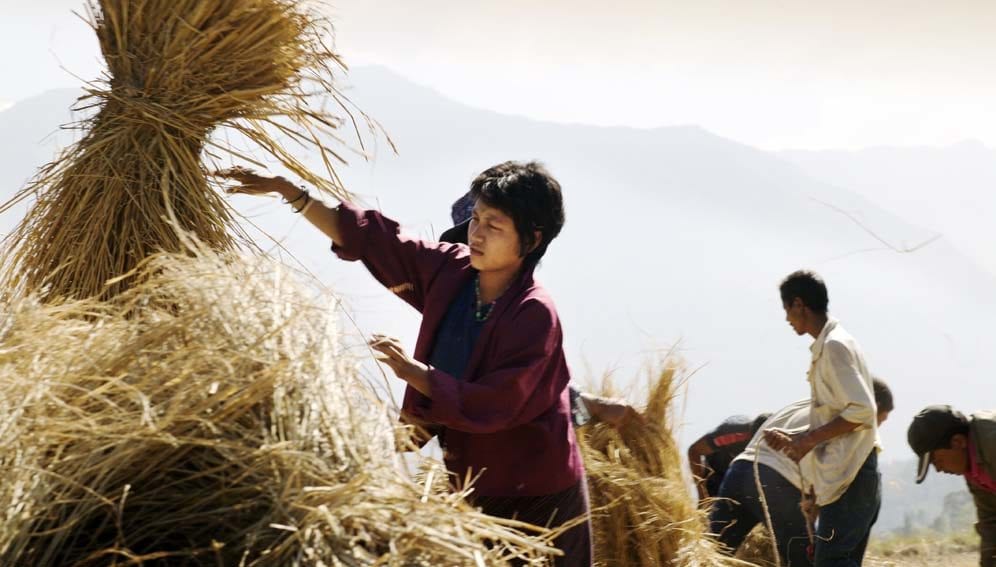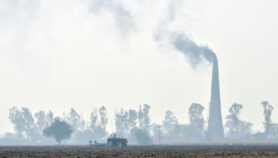By: Saleem Shaikh
Send to a friend
The details you provide on this page will not be used to send unsolicited email, and will not be sold to a 3rd party. See privacy policy.
[ISLAMABAD] Farmers’ indigenous knowledge on soil fertility and improving crop production can contribute greatly to research on agricultural and natural resources, a study conducted in Bhutan finds.
In Bhutan, farmers rank crop yield as a prime indicator of soil fertility because it is easily measured, according to the study, published September in Geoderma Regional. The study, based on a survey of a quarter of the households in the Guma block of west-central Bhutan, was followed by a focused group workshop.
“Analysis of the survey data and workshop discussions led us to conclude that crop yield (mentioned by all households) as the most important indicator of soil fertility”
Yadunath Baiga, Bhutan ministry of agriculture and forest
“Analysis of the survey data and workshop discussions led us to conclude that crop yield (mentioned by all households) as the most important indicator of soil fertility,” Yadunath Baiga, lead author of the study and principal agriculture research officer at Bhutan’s ministry of agriculture and forests, tells SciDev.Net.
Other factors, in order of importance, were colour, compactness, depth, response to manure/fertiliser, stoniness, weediness, soil workability and land slope.
“We discovered that farmers prefer fine-textured soil because it holds more nutrients than coarse-textured soil,” Baiga says. Similarly, farmers view soil colour as more important than compactness, arguing that the latter hinders ploughing and makes it difficult for plant roots to grow deeper into the soil, he says.
The fourth assessment report of the UN’s Inter-Governmental Panel on Climate Change (IPCC), released in 2007, says that incorporating indigenous knowledge into climate change policies can build effective strategies that are cost-effective, participatory and sustainable.
“Tapping indigenous farming-related knowledge in conjunction with innovative farming practices is essential in preserving biodiversity, sustaining rural household food security and socio-economic development,” says Pramod Aggarwal, coordinating editor for the 'Food, Fibre and Forest Products' chapter of the IPCC report.
Studies capturing farmers’ indicators for soil fertility are scarce in South Asian and Asia-Pacific countries and the findings can be applied by rural farmers and soil scientists in these regions, says Baiga. He adds that rural communities in different countries may differ in their categorisation and weighing of soil fertility indicators.
Golam Rasul, agriculture and food security scientist at the International Centre for Integrated Mountain Development, Kathmandu, tells SciDev.Net that the findings can help avoid financial losses from post-harvest losses or crop failures.Rasul says that rural Bhutan presents the unique case of successful long-used indigenous and environmental-friendly farming practices in South Asia. “Such farming practices are at the heart of sustained agriculture growth that does not deplete or pollute the resource base,” he says.
This piece was produced by SciDev.Net’s Asia & Pacific desk.














